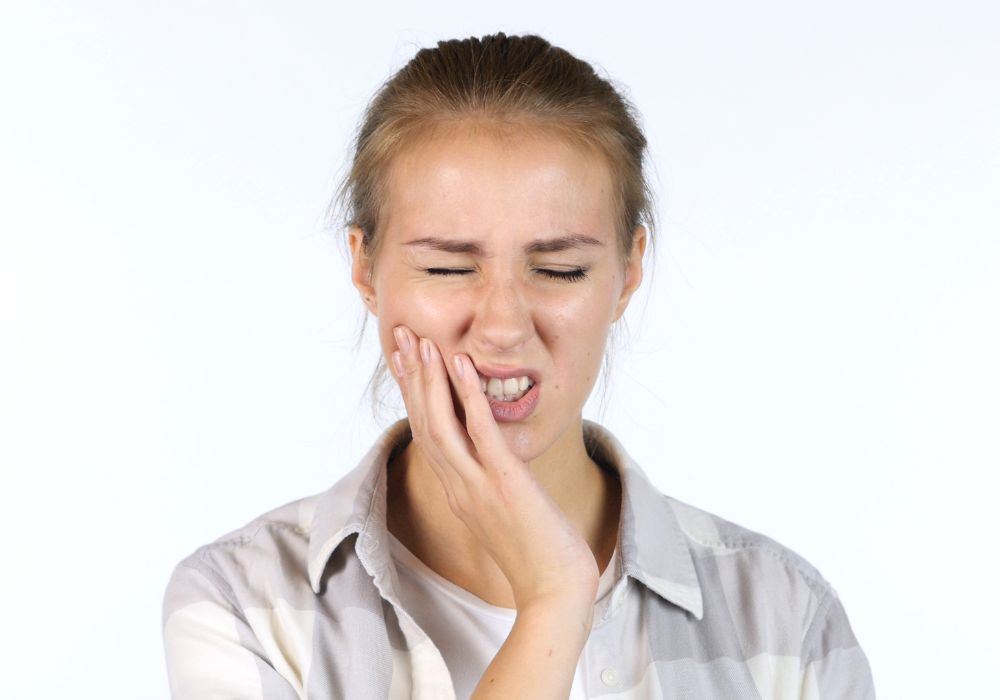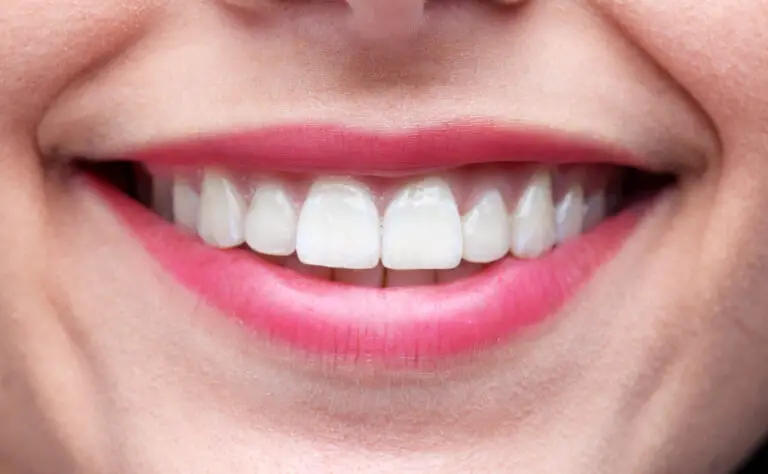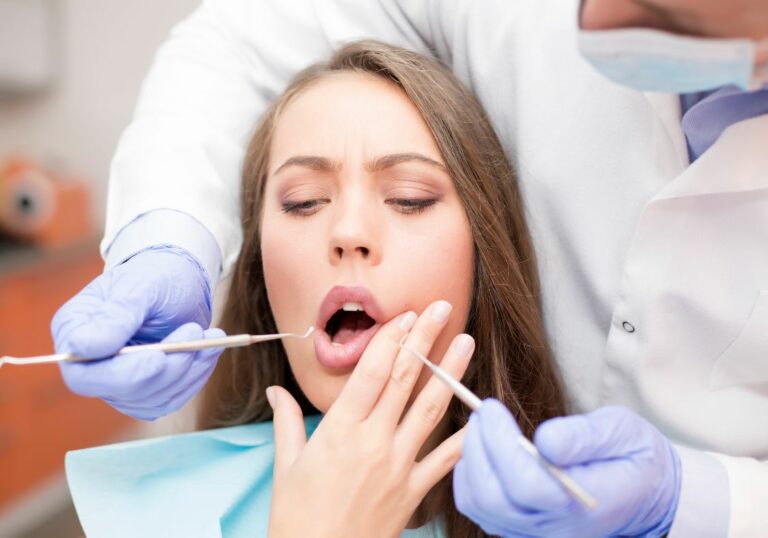Wisdom teeth, also known as third molars, are the last set of molars to erupt in the mouth. They typically emerge between the ages of 17 to 21 years old. However, wisdom teeth often emerge partially impacted or fail to erupt at all due to lack of sufficient space in the jaws. Partially impacted wisdom teeth can sometimes cause pain, swelling, and infection as they try to push through the gums. This commonly leads people to think they are experiencing wisdom tooth pain. But there are several other dental issues that can mimic the symptoms of wisdom teeth pain. Being able to identify the source of tooth pain properly is key to getting the right treatment.
Detail on Common Causes of Pain Similar to Wisdom Teeth
Pericoronitis
Pericoronitis refers to inflammation and infection of the gum tissue surrounding the crown of a partially impacted wisdom tooth. As the wisdom tooth attempts to break through the gums, the flap of gum tissue overlying it can become irritated and swollen. Food debris and bacteria can easily get trapped under this gum flap, causing an infection.
The main symptoms of pericoronitis affecting wisdom teeth include:
- Throbbing pain or toothache in the back molars, focused around the partially erupted wisdom tooth
- Tender, swollen gums around the wisdom tooth
- Redness and inflammation of the gums
- Halitosis (bad breath)
- Unpleasant taste in the mouth
If left untreated, pericoronitis can potentially spread the infection to other areas. Treating it quickly with antibiotics and proper oral hygiene is important. Removing the impacted wisdom tooth may ultimately be required to resolve the recurring infections of pericoronitis.
Periodontal Disease
Periodontal or gum disease involves inflammation and infection of the gums and supporting structures of the teeth. It is most commonly caused by poor oral hygiene that allows plaque to build up along the gumline. The plaque bacteria elicits an inflammatory immune response, causing gum swelling, bleeding, and damage to the periodontal ligament fibers and jaw bone holding the teeth in place.
Periodontal disease can affect any part of the mouth if plaque is allowed to accumulate. The gum infection and inflammation may involve the back molars and mimic symptoms of a wisdom tooth infection. A key distinguishing feature is that periodontal disease will lead to gum problems around multiple teeth, not just the wisdom tooth area. Symptoms include:
- Red, swollen, tender gums around several teeth
- Bleeding when brushing or flossing
- Bad breath
- Loose or shifting teeth
- Recession of the gums from the teeth
Advanced periodontal disease requires professional deep cleaning and antimicrobials. Extractions may be eventual if the infection causes severe tooth loosening and bone loss.
Sinusitis
The maxillary sinuses are air-filled spaces located above the upper back teeth, near the upper wisdom teeth. Sinusitis refers to inflammation, swelling and infection of the sinus tissue lining these spaces. It can occur from allergies, viruses, or bacterial infections following a cold. Sinusitis is characterized by:
- Facial and sinus pressure, pain or fullness
- Tooth pain or discomfort in the upper back molars, due to inflammation near the roots
- Congestion of the nasal passages and runny nose
- Reduced ability to smell and taste
- Headache
- Fatigue
Sinusitis tooth pain and pressure tends to worsen when leaning forward, as this puts more pressure on the inflamed sinuses. Treatment involves nasal steroid sprays, antihistamines, decongestants, and antibiotics if a bacterial sinus infection is present.
TMJ Disorder

Temporomandibular joint (TMJ) disorders involve dysfunction of the joint connecting the jawbone to the skull. TMJ disorders encompass a range of problems including:
- TMJ osteoarthritis – wearing down of cartilage lining the TMJ
- Disk displacement – movement of the cartilage disk between the jaw joint surfaces
- TMD/TJM – muscle spasms and tension in the chewing muscles
This can contribute to localized pain in the TM joints but also refer pain to the back teeth that may initially seem like wisdom tooth pain. TMJ symptoms include:
- Jaw pain or soreness, especially when chewing
- Clicking, popping or grinding noises when opening and closing the mouth
- Locking of the jaw open or shut
- Difficulty fully opening or closing the mouth
- Ear pain or ringing (tinnitus)
- Headaches or neck muscle pain
Conservative treatments for TMJ disorder include NSAID pain relievers, TMJ splints, physical therapy, massage techniques, and stress management.
Tooth Decay or Infection
Tooth decay occurs from destruction of the tooth enamel and underlying dentin by acidic byproducts of oral bacteria consuming sugars. If decay is allowed to progress, bacteria can penetrate deep into the tooth structure to infect the inner dental pulp. Abscesses may form at the root tips as infection spreads into the surrounding bone.
Cavities and tooth infections can occur in any tooth but are often mistaken for third molar problems when affecting the back molars. Symptoms include:
- Sharp tooth pain when eating or chewing, especially with hot or cold foods
- Throbbing, lingering pain after removal of stimulus
- Bad breath
- Swelling of gums around tooth
- Possible dental abscess with pus drainage
Dental caries require fillings to restore the decayed tooth structure. Root canals may be needed for pulp infections. Abscessed teeth with heavy bone loss may warrant extraction.
Trigeminal Neuralgia
Trigeminal neuralgia is a chronic pain syndrome involving the trigeminal nerve that supplies sensation to the face. It causes episodes of intense, stabbing facial pain, usually on one side. Attacks come on suddenly and feel like an electric shock along the nerve pathways. Even mild stimulation of certain facial areas can trigger severe pain spasms in adjacent areas of the face.
Trigeminal neuralgia often affects the lower face and mandible. The brief shock-like jaw pain can be mistaken for wisdom tooth pain, even when wisdom teeth are not present or problematic. Pain is typically triggered by:
- Brushing teeth
- Eating
- Talking
- Exposure to wind
- Facial movements
Carbamazepine or other anticonvulsants are used prevent and relieve the pain flares of trigeminal neuralgia. Surgeries like microvascular decompression may be done for refractory cases.
Diagnosis of Wisdom Teeth Pain

If wisdom tooth pain is suspected, prompt dentist evaluation is recommended. The dentist will perform a clinical oral examination, checking for the following signs of problematic wisdom teeth:
- Partially erupted teeth with swelling, redness or tenderness
- Pericoronitis – inflamed gum flap over wisdom tooth
- Decay in adjacent teeth
- Pockets around wisdom tooth indicating infection
- Blocked tooth eruption due to lack of space
The dentist will also examine the temporomandibular joint, sinuses, nerves and gum health looking for other potential sources of pain. X-rays are extremely useful in visualizing wisdom tooth position, impaction status, decay and bone levels around the roots. Panoramic dental radiographs provide a panoramic view of all teeth and the jaws to reveal embedding, overlap or infection.
Advanced imaging like cone beam CT scans may further assess wisdom tooth impaction severity, relation to nerves, and need for removal. Proper diagnosis is key, as wisdom tooth extraction may not resolve similar pain from another origin.
Treatments for Wisdom Teeth Pain
If problematic wisdom teeth are conclusively diagnosed, extraction is frequently recommended to remove the source of infection or inflammation. Wisdom tooth removal is performed by an oral surgeon under local anesthesia and intravenous sedation. Post-surgical pain and swelling is common but temporary.
However, asymptomatic wisdom teeth may be monitored over time if properly positioned and no active disease or concerning findings. Regular dental exams help detect early signs of disease. Conservative alternatives to extraction include:
- Over-the-counter pain relievers like acetaminophen or ibuprofen
- Ice packs applied to outside of jaw to reduce swelling
- Warm salt water rinses to keep area clean
- Dental fillings or root canals if decay is present
- Antibiotics for infection
- Orthodontic treatment may create space for impacted wisdom teeth to erupt properly
Addressing other mimicking sources of dental pain like TMJ, neuralgia or gum disease is key. Proper diagnosis guides the right treatment approach for resolving discomfort.
Prevention of Wisdom Teeth Pain

Although wisdom teeth themselves cannot be prevented from forming, certain measures can help avoid associated pain and complications:
- Proper oral hygiene – Brushing and flossing to avoid plaque buildup around wisdom teeth
- Regular professional teeth cleaning and exams to detect problems early
- Orthodontic treatment at a young age to guide jaw growth and create sufficient space for wisdom teeth
- Extraction of problematic wisdom teeth before onset of pain or infection
Catching issues in the early stages and maintaining diligent oral hygiene helps prevent many wisdom tooth problems and reduce risk of confusing pain originating from other parts of the mouth.
Frequently Asked Questions
Q: What are the most common symptoms with wisdom tooth pain?
A: The most common wisdom tooth pain symptoms are a dull, throbbing ache in the back molars, gum tenderness and swelling around the erupting tooth. Pain is typically worse with biting and chewing.
Q: How can you tell if sinusitis is causing your tooth pain?
A: Sinusitis tooth pain is often accompanied by sinus congestion, runny nose, headache and facial pressure that worsens when leaning forward. The pain is focused in the upper back teeth near the sinus region.
Q: What are some unique symptoms of TMJ disorders?
A: TMJ symptoms include jaw popping/clicking, limited ability to open the mouth, pain while chewing, ear pain, and possible headaches or neck aches. The pain stems from the jaw joints and muscles.
Q: How do you distinguish trigeminal neuralgia pain from dental pain?
A: Trigeminal neuralgia causes very brief, shock-like facial pain rather than constant toothaches. Pain attacks can be triggered by minor stimuli to facial trigger points characteristic of this nerve disorder.
Q: What is an impacted vs partially erupted wisdom tooth?
A: Impacted means the wisdom tooth is completely blocked from erupting due to lack of space or barrier. Partial eruption is when the wisdom tooth is partially visible through the gums but unable to fully emerge into proper position.






